Best Room-by-Room Setup Guide for Smart Home Aging in Place
Aging in place isn’t just about staying in the same house—it’s about making that house work better. The right smart home aging in place setup can make everyday life safer, easier, and a lot more comfortable for seniors. For family members looking out for aging parents, smart tech can provide peace of mind while helping loved ones stay independent longer.
From voice-controlled assistants to motion-sensor lights, smart home gadgets take care of the little things—like adjusting the thermostat or turning on the lights—so seniors don’t have to. They also add an extra layer of safety, whether that’s through fall detection, security cameras, or smart locks.
This guide breaks down the best smart home upgrades for every room, focusing on features that actually make life better. If you’re setting up a smart home aging in place system and way of life for an elderly parent or relative, these are the devices you’ll want to consider.
Living Room
The living room is where seniors spend a lot of their time—watching TV, reading, or just relaxing. It should be a comfortable, safe, and easy-to-navigate space. Smart home devices can help by automating lighting, temperature control, and communication.
1. Smart Speakers and Displays
A voice-controlled assistant, like an Amazon Echo or Google Nest Hub, can make a big difference in daily routines. Seniors can:
- Adjust the thermostat or lights without getting up.
- Set reminders for medication or appointments.
- Ask for weather updates or news headlines.
- Make hands-free phone calls.
- Control other smart devices around the house.
A smart display, like the Echo Show or Google Nest Hub Max, adds an extra level of functionality with video calling and easy-to-read reminders.
2. Smart Lighting
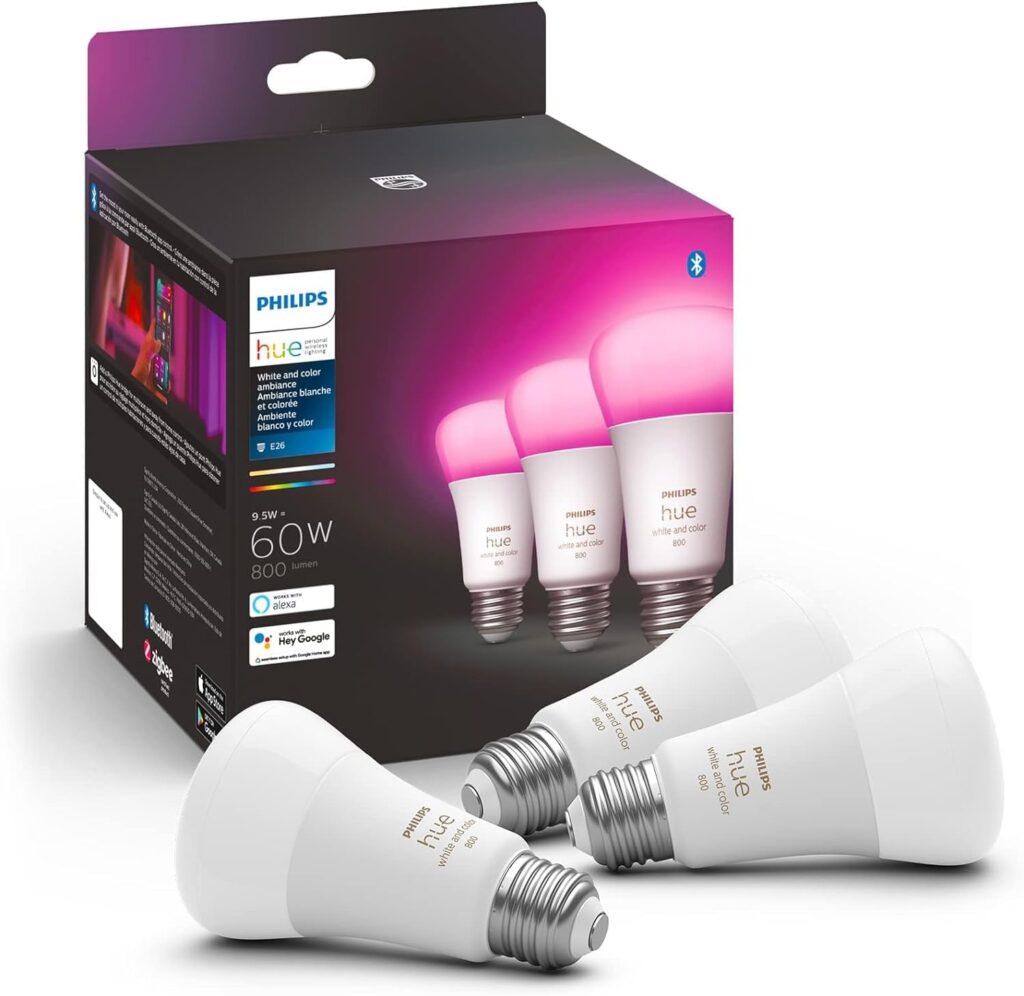
Good lighting helps prevent falls, especially in the evening. Smart bulbs and switches can be controlled by voice, phone app, or motion sensors. Look for:
- Motion-activated lights – These turn on automatically when someone enters the room.
- Dimmable smart bulbs – Adjustable lighting can help seniors with vision issues.
- Scheduling features – Set lights to turn on at sunset and off at bedtime.
Popular options include Philips Hue, LIFX, and Wyze Bulbs.
3. Smart Thermostats
Keeping the home at a comfortable temperature is easier with a Nest Learning Thermostat or an Ecobee Smart Thermostat. These devices:
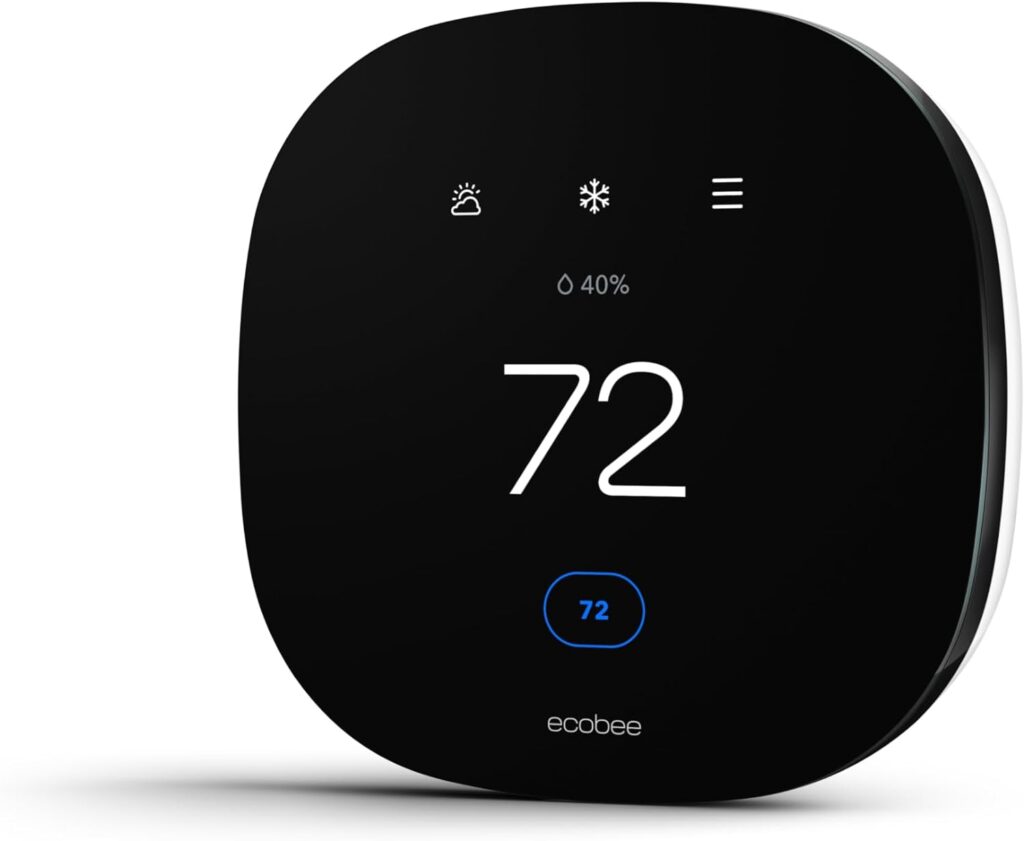
- Learn daily habits and adjust automatically.
- Can be controlled by voice or app.
- Help save on energy bills by adjusting when no one is home.
Since body temperature regulation can change with age, a smart thermostat helps maintain the right comfort level all year round.
Kitchen
The kitchen is one of the busiest—and sometimes riskiest—rooms in the house. Hot surfaces, sharp objects, and appliances left on by mistake can create safety concerns. A smart home aging in place setup in the kitchen can make cooking safer and daily tasks easier.
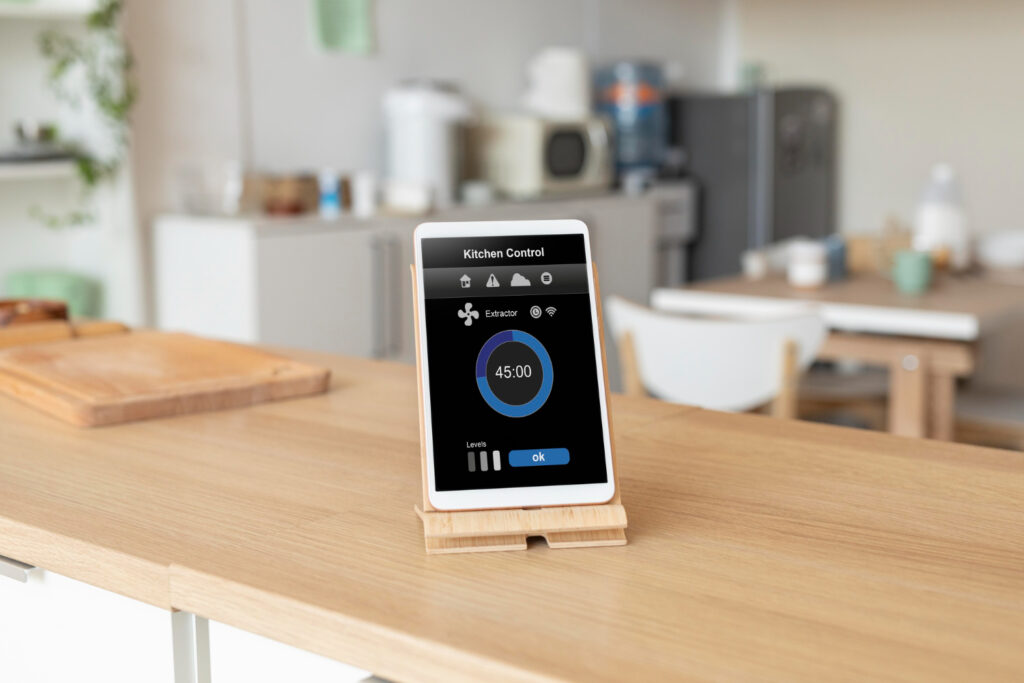
1. Smart Appliances
Modern smart appliances add convenience and safety. Some of the best options include:
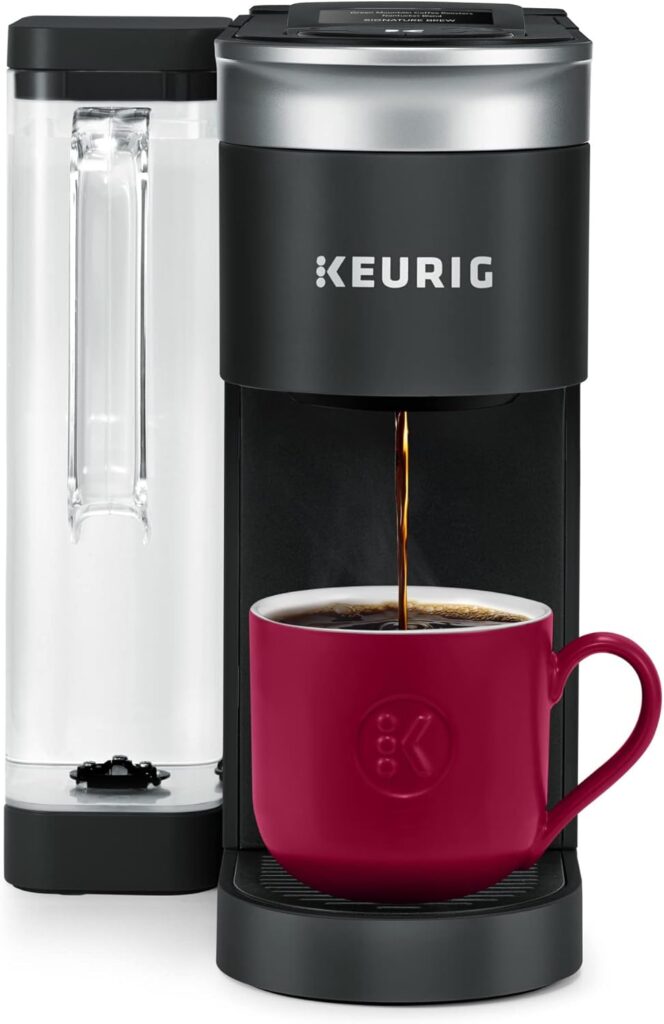
- Smart Ovens – Models like the GE Profile Smart Oven or June Oven can be controlled remotely. Some even have built-in cameras so caregivers can check in.
- Smart Refrigerators – Samsung Family Hub and LG InstaView fridges keep grocery lists, display reminders, and even allow seniors to see inside without opening the door.
- Wi-Fi-Enabled Coffee Makers – Set schedules or start brewing with voice commands using brands like Hamilton Beach FlexBrew or Keurig K-Supreme Smart.
2. Smart Displays for Recipes and Assistance
A Google Nest Hub or Amazon Echo Show can be a game-changer in the kitchen. These devices:
- Display recipes with step-by-step instructions.
- Set multiple timers using just voice commands.
- Make hands-free video calls in case of a question or emergency.
No more fumbling with cookbooks or touching a tablet with messy hands.
3. Voice-Activated Faucets
Turning the faucet on and off can be tricky for seniors with arthritis or limited mobility. A Moen Smart Faucet allows for:
- Hands-free operation with voice commands.
- Precise temperature control to avoid burns.
- Automatic shut-off to prevent water waste.
These faucets work with Alexa and Google Assistant, adding both convenience and safety.
Bedroom
A comfortable and safe bedroom is key to good sleep and overall well-being. Smart devices can help with nighttime safety, sleep tracking, and accessibility, making the bedroom a better place for aging in place.
1. Smart Mattresses and Sleep Trackers
Quality sleep is essential for seniors, and technology can help monitor rest patterns. Some top options include:
- Eight Sleep Pod Pro – Adjusts mattress temperature automatically for optimal sleep.
- Withings Sleep Analyzer – Tracks sleep cycles, heart rate, and even detects breathing issues.
- Google Nest Hub (2nd Gen) – Uses motion and sound sensors to analyze sleep without requiring a wearable device.
Tracking sleep can help identify issues like insomnia or irregular breathing, which can be early warning signs of health problems.
2. Automatic Bedroom Lighting
Poor lighting can increase the risk of falls, especially when getting up at night. Smart lighting solutions include:
- Motion-activated night lights – GE LED Motion Sensor Night Lights automatically illuminate pathways.
- Smart bulbs with gradual dimming – Philips Hue and LIFX bulbs can be set to slowly dim at night and brighten in the morning, supporting natural sleep rhythms.
- Under-bed LED strips – These turn on with motion, providing a soft glow to guide movement at night.
3. Smart Nightstands
Some modern nightstands go beyond just holding a lamp and alarm clock. Look for:
- Built-in wireless charging – No need to fumble with cords.
- Voice control compatibility – Some models have Alexa or Google Assistant built-in.
- Integrated speakers – For playing sleep sounds, audiobooks, or reminders.
A smart nightstand keeps everything within reach and simplifies daily routines.
Bathroom
The bathroom is one of the most dangerous places for seniors due to slippery surfaces and hard edges. Smart technology can make it safer and more accessible by reducing fall risks and making everyday tasks easier.
1. Smart Water Leak Detectors
Water leaks can cause serious damage and increase the risk of slips. Smart water sensors send alerts to caregivers or homeowners when leaks are detected. Some top choices include:
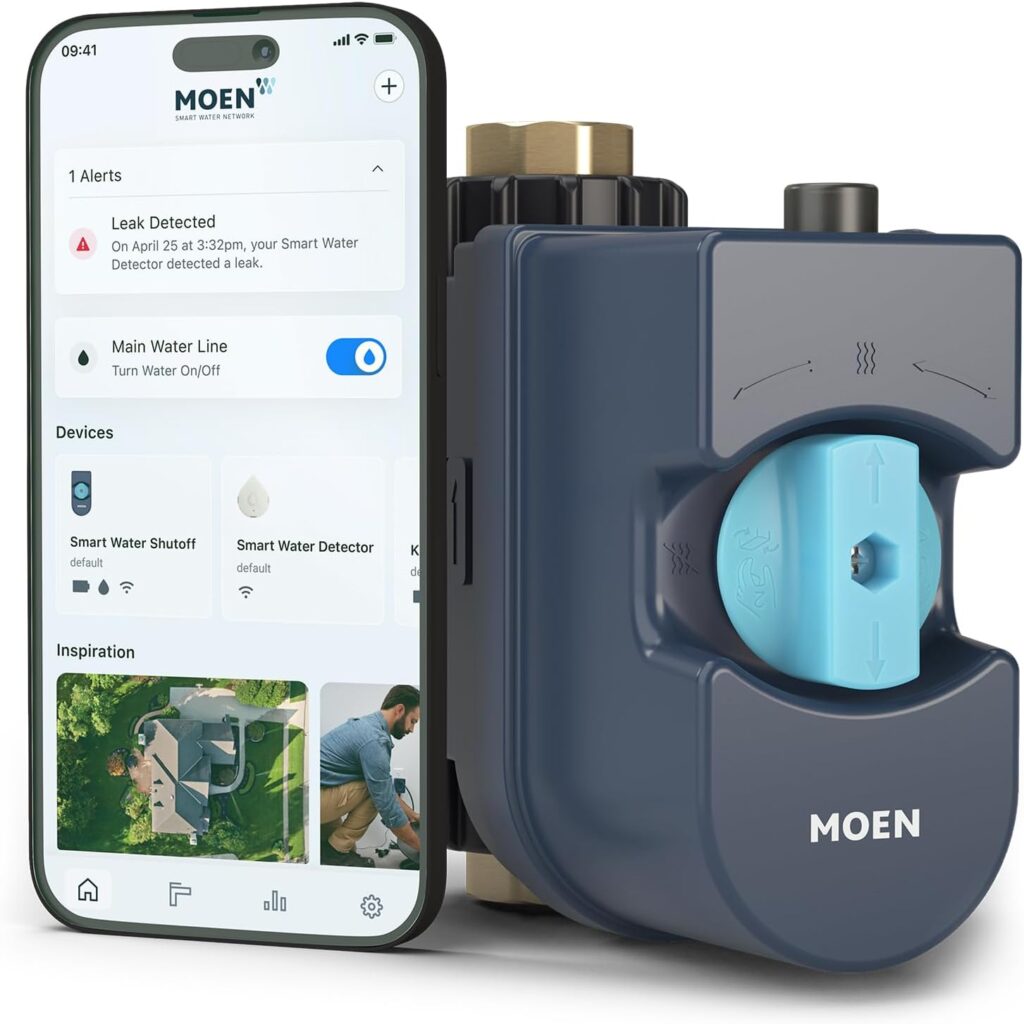
- Flo by Moen – Detects leaks and can shut off water remotely.
- Honeywell Lyric Wi-Fi Water Leak Detector – Sends mobile alerts when moisture is detected.
- Phyn Smart Water Sensor – Monitors humidity levels and water leaks to prevent mold growth.
2. Voice-Activated Shower Controls
Seniors with mobility challenges may struggle to adjust water temperature and flow. Smart shower systems allow them to do it hands-free.
- Moen Smart Shower – Controlled by voice, app, or a wall panel.
- Kohler DTV+ – Customizes temperature, water pressure, and even plays music.
- U by Moen – Allows presets for preferred shower settings.
These systems reduce the need to reach for knobs and prevent sudden temperature changes that can lead to burns.
3. Motion-Activated Lights
Good lighting is essential for safety. Motion-activated lighting ensures that seniors aren’t fumbling for switches in the dark.
- Lutron Maestro Motion Sensor Switch – Automatically turns on and off.
- Mr Beams Stick Anywhere Lights – Easy to install near the toilet or sink.
- TP-Link Kasa Smart Bulbs – Can be scheduled or voice-controlled.
Installing motion-sensor lighting near the toilet, shower, and sink can prevent nighttime falls.
4. Smart Mirrors
A smart mirror isn’t just about looking good—it can provide helpful features like:
- Touchless LED lighting – Adjust brightness without touching a switch.
- Weather and time display – Helps with morning routines.
- Health tracking integration – Some models connect with fitness apps to track weight and body composition.
A good option is the HiMirror Smart Mirror, which provides voice control and displays important updates like medication reminders.
Entryway
The entryway is the first line of defense when it comes to home security. A smart home aging in place setup should include devices that make it easy for seniors to see who’s at the door, lock or unlock doors without fumbling for keys, and ensure the area is well-lit for safety.
1. Smart Doorbells
A video doorbell allows seniors to see and speak with visitors without getting up. This is especially helpful for avoiding unwanted visitors or scams. Some of the best options include:
- Ring Video Doorbell – Two-way talk, motion detection, and live video streaming to a smartphone.
- Google Nest Doorbell – Facial recognition technology and smart alerts.
- Eufy Security Video Doorbell – No monthly fees and local storage options.
These devices connect to a phone or tablet, so family members can also monitor visitors remotely.
2. Smart Locks
Fumbling with keys can be frustrating, especially for seniors with arthritis or mobility issues. Smart locks make it easy to lock and unlock doors using a phone, keypad, or even voice commands.
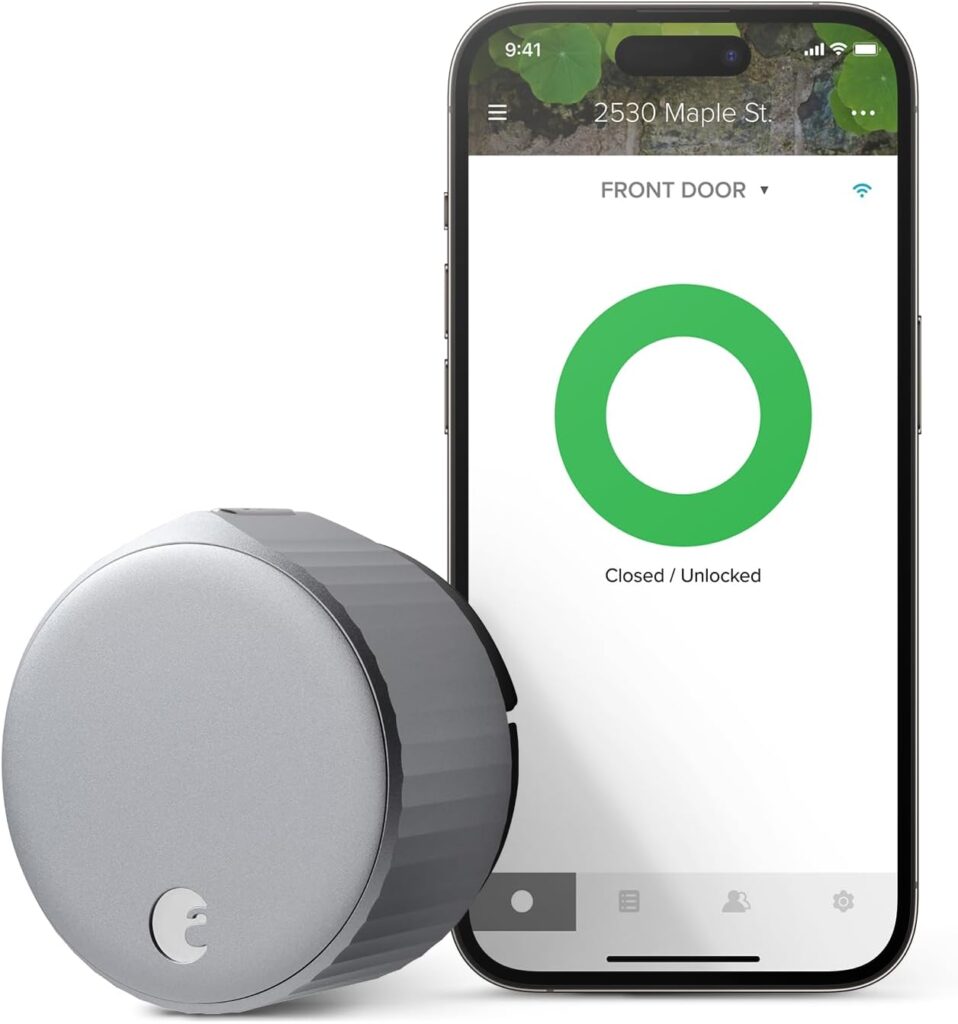
- August Smart Lock Pro – Works with existing deadbolts and can be controlled via app.
- Schlage Encode – Built-in keypad with Wi-Fi connectivity.
- Yale Assure Lock – Keyless entry with touchscreen and voice control.
Many smart locks allow caregivers to grant access remotely, which is useful for home aides or family members checking in.
3. Motion-Activated Lighting
A dark entryway can be a major fall hazard. Smart lights ensure that the area is well-lit whenever someone approaches.
- Ring Pathway Lights – Turn on automatically when motion is detected.
- Philips Hue Outdoor Lights – Smart bulbs that can be set on a schedule.
- Mr Beams Wireless LED Spotlight – Battery-powered and easy to install.
These lights help seniors safely enter and exit the home, especially at night.
Throughout the Home
Some smart devices aren’t limited to a single room—they improve safety, comfort, and security across the entire house. A smart home aging in place setup should include these whole-home solutions to create a safer and more connected living space.
1. Security Cameras
Smart cameras provide peace of mind for both seniors and their families. They allow caregivers to check in remotely and ensure everything is okay. Some top options include:
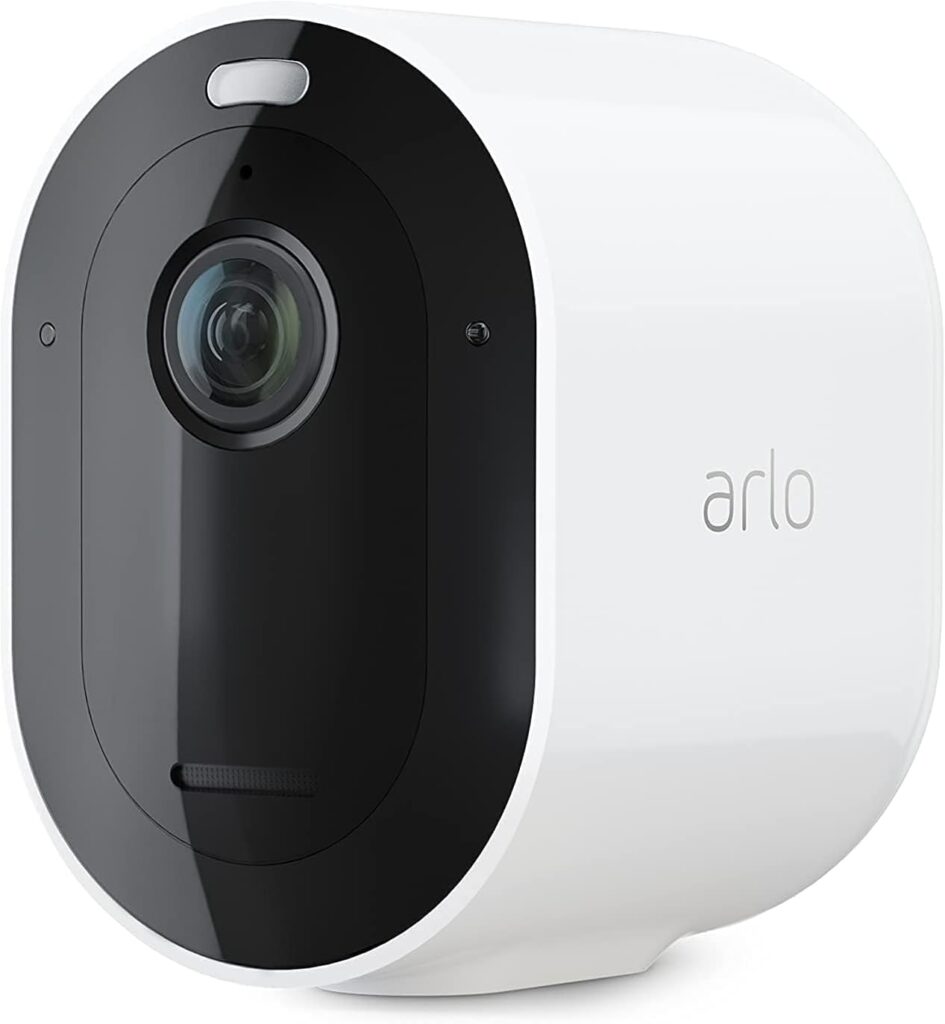
- Arlo Pro 4 – Wireless, high-definition video with night vision.
- Google Nest Cam – Indoor and outdoor options with facial recognition.
- Ring Indoor Cam – Affordable and easy to set up, with real-time notifications.
These cameras can send alerts when motion is detected and provide real-time video through an app.
2. Smart Smoke and Carbon Monoxide Detectors
Traditional smoke alarms only make noise, but smart detectors send alerts to phones and can even notify emergency contacts.
- Google Nest Protect – Sends mobile alerts, tests itself, and detects both smoke and carbon monoxide.
- First Alert Onelink Safe & Sound – Works with Alexa and doubles as a smart speaker.
- Kidde Smoke & CO Detector – Affordable and connects to an app for alerts.
These devices help prevent emergencies and give families an extra layer of protection.
3. Medical Alert Systems
A medical alert system can be a lifesaver in case of a fall or medical emergency. Many modern systems now integrate with smart home technology.
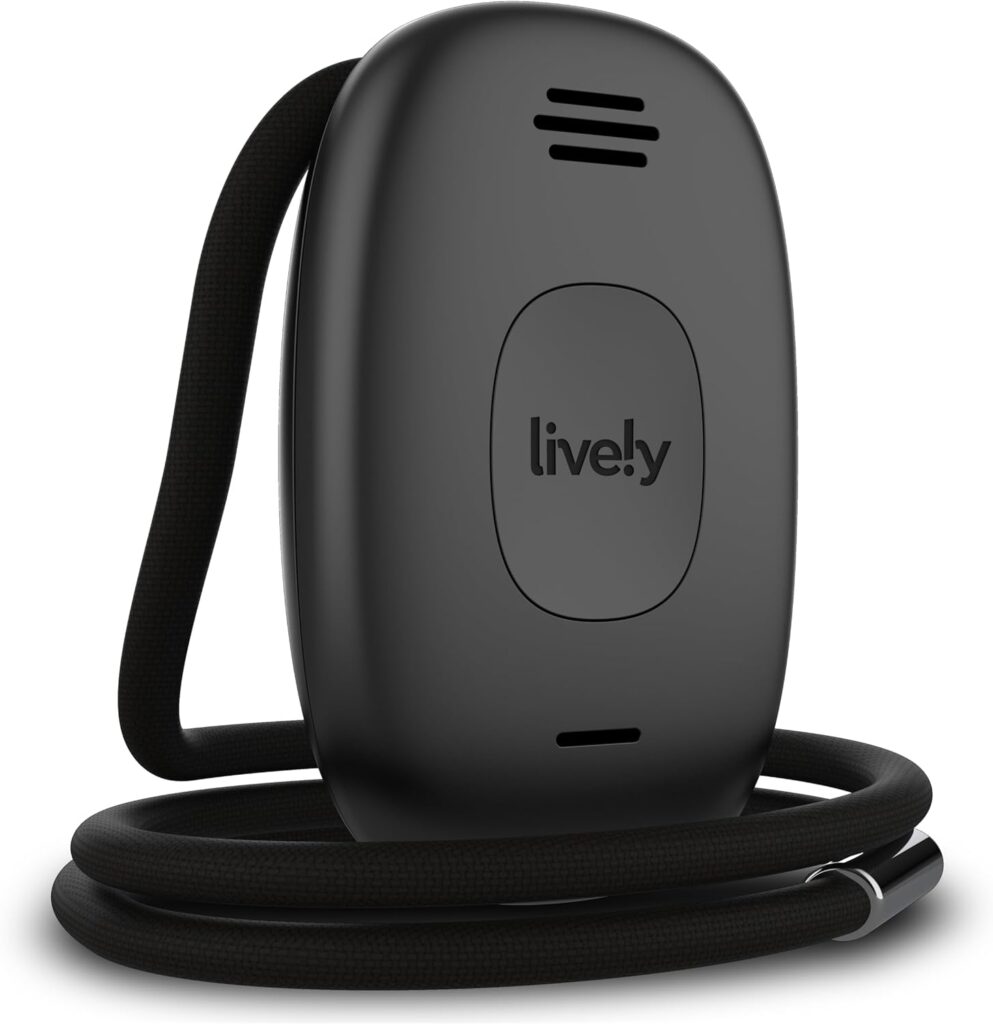
- Lively Mobile Plus – Wearable with GPS tracking and fall detection.
- Medical Guardian Home 2.0 – Voice-activated emergency assistance.
- Apple Watch with Fall Detection – Detects falls and automatically calls emergency contacts if there’s no response.
Some of these systems can even be connected to smart home hubs like Alexa or Google Assistant for added convenience.
4. Fall Detection and Prevention
Falls are a major concern for seniors, but technology can help reduce the risk.
- Vayyar Home – Monitors falls without requiring wearables.
- Canary Care – Tracks movement patterns and detects unusual behavior.
- Wyze Sense Motion Sensors – Small, affordable sensors that detect movement and alert caregivers.
These systems help family members stay informed and provide emergency alerts if something goes wrong.
Conclusion
A smart home aging in place setup isn’t just about convenience—it’s about creating a safer, more comfortable environment where seniors can live independently for as long as possible. The right technology helps prevent falls, improves communication, and provides peace of mind for both older adults and their families.
Key Takeaways:
- Living room: Smart speakers, lighting, and thermostats make everyday tasks easier.
- Kitchen: Smart appliances, displays, and voice-activated faucets improve safety and accessibility.
- Bedroom: Sleep trackers, motion-activated lighting, and smart nightstands enhance rest and security.
- Bathroom: Leak detectors, smart showers, and motion-sensor lights reduce fall risks.
- Entryway: Smart doorbells, locks, and outdoor lighting improve security.
- Throughout the home: Security cameras, medical alert systems, and fall detection provide extra protection.
The best approach is to start with the most essential devices—like smart lights and security systems—before adding more advanced features. Every senior’s needs are different, so customizing a smart home aging in place setup based on mobility, cognitive ability, and daily routines will make the biggest impact.
By integrating the right smart home technology, aging at home can be safer, simpler, and more comfortable for everyone involved.
FAQ: Smart Home Aging in Place
1. What is the best smart home device for aging in place?
The best device depends on individual needs, but smart speakers like Amazon Echo or Google Nest Hub are a great starting point. They provide voice control for other smart devices, set reminders, and make it easy for seniors to call family members hands-free.
2. How can smart home technology help prevent falls?
Smart lighting is one of the most effective ways to prevent falls. Motion-activated lights in hallways, bedrooms, and bathrooms ensure seniors never have to walk in the dark. Smart fall detection systems like Vayyar Home and medical alert wearables can also detect falls and notify caregivers immediately.
3. Are smart home devices difficult for seniors to use?
Most smart home devices are designed for ease of use. Voice-controlled assistants allow seniors to control many functions without needing to press buttons or use a smartphone. Many smart home apps also offer simple, user-friendly interfaces that caregivers can set up and manage remotely.
4. How do smart locks help seniors?
Smart locks eliminate the need for physical keys, which can be lost or difficult to use for those with arthritis. Keypad and voice-activated smart locks make entering and exiting the home easier. They also allow caregivers to unlock the door remotely for emergency access.
5. What’s the easiest way to get started with a smart home aging in place setup?
Start with a few essential devices like a smart speaker, motion-activated lights, and a video doorbell. These provide immediate benefits without overwhelming the user. From there, additional devices like smart thermostats, security cameras, and fall detection systems can be added as needed.

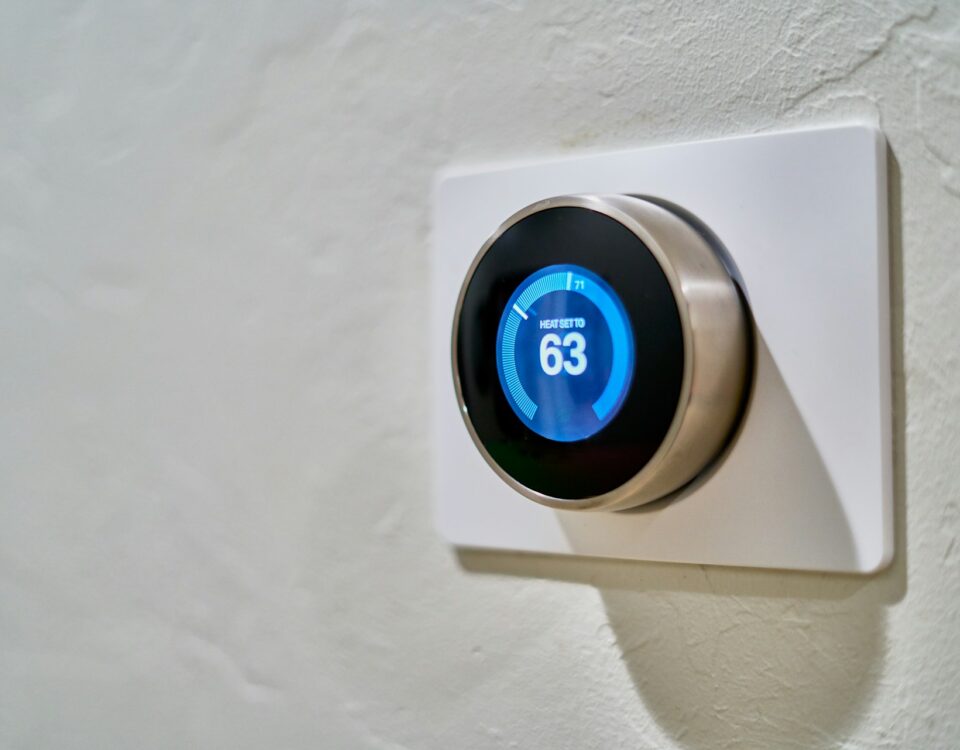
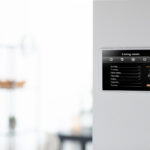
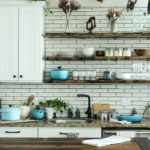
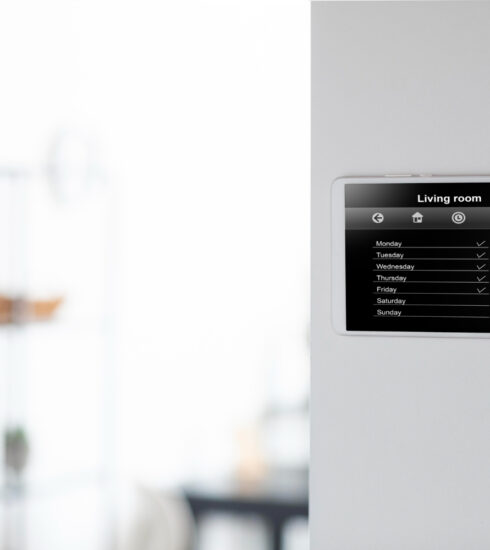

1 Comment
Aging in Place Technology Buyer's Guide - Eldernook
3 weeks ago[…] anything else, make sure your parents have the basics covered when it comes to safety. These are the devices that give you peace of mind and help them stay […]